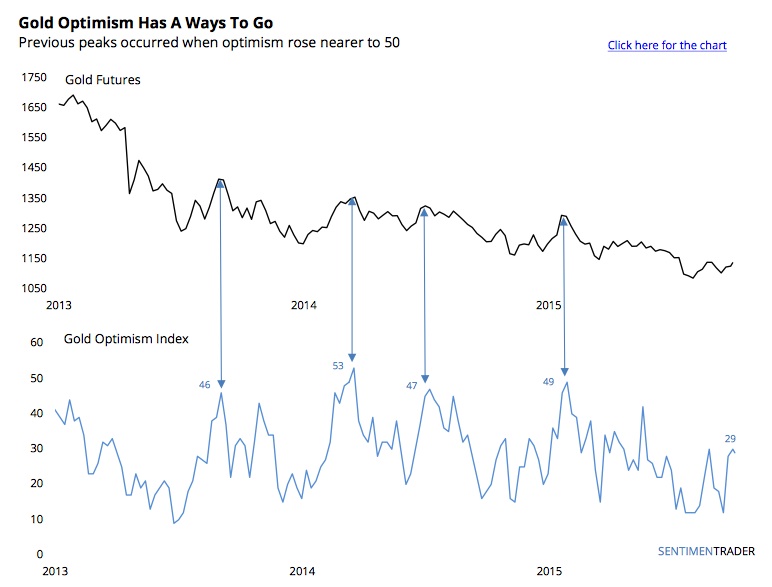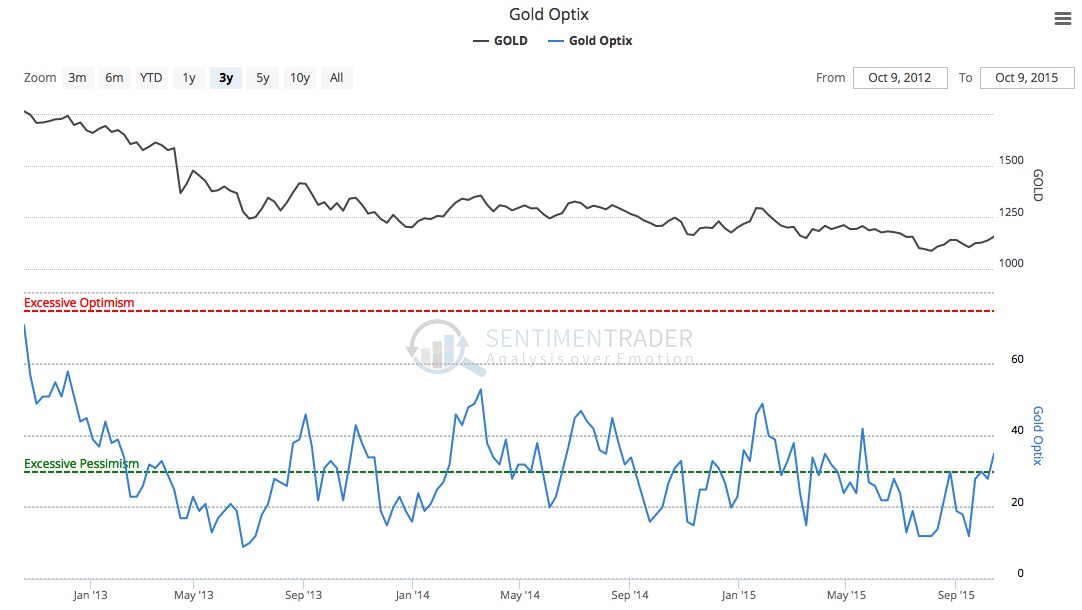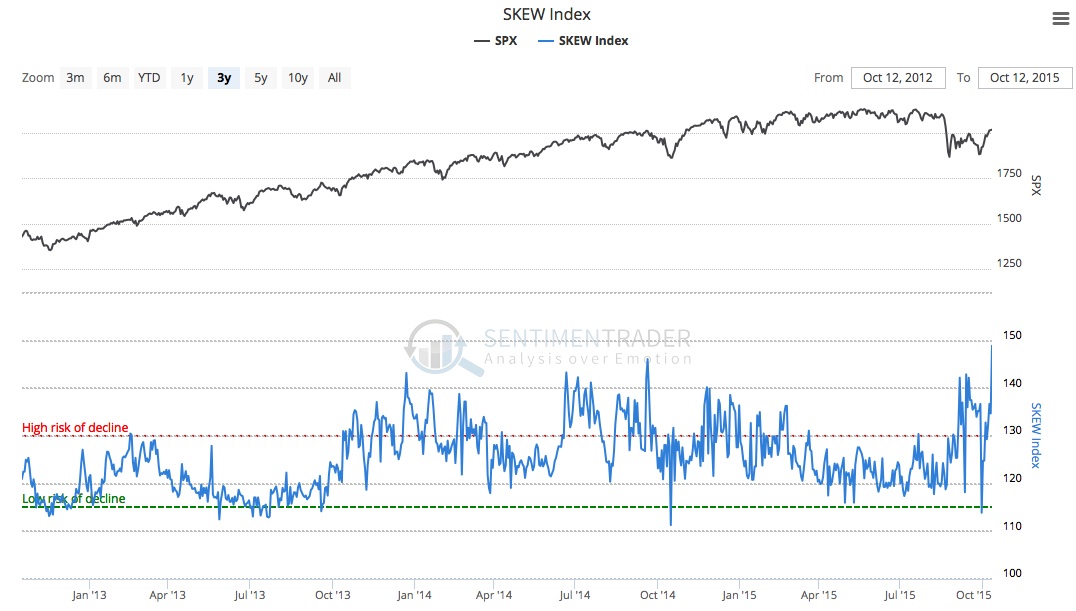"
On of the key things to understand about the massive, coordinated, global easing effort on which central banks have embarked since the financial crisis is that these policies have served to widen the gap between the rich and poor.
Ben Bernanke - and plenty of other vaunted central planners for that matter - will tell you a different story. They’ll tell you that by creating jobs and boosting the economy, QE and ZIRP have actually done more for the middle- and lower-classes than they have for the wealthy.
Obviously, that’s nonsense. When you adopt a set of policy measures specifically designed to inflate the value of the assets that are most likely to be concentrated in the hands of the rich, you perpetuate inequality and exacerbate class segregation by default - indeed, by definition. Here's proof:
If it wasn't for Ben "
the Hero" Bernanke's
courage to print like a drunken Keynesian madman, none of this would have been possible, and by "this" we of course mean that
the net worth of the top 0.1% of Americans is about to surpass the wealth of the bottom 90% of US households.
This is everywhere apparent and has been documented by the Fed itself on at least one occasion this year. Meanwhile, asset bubbles in things like high end art and mega mansions underscore the extent to which the top echelons of society are increasingly flush.
Credit Suisse is now out with the latest edition of its Global Wealth report and although the results are not surprising, they are worth highlighting.
Three standouts: i) the rise in the value of financial assets is most certainly contributing to an increase in global inequality, ii) dollar strength led to the first decline in total global wealth (which fell by $12.4 trillion to $250.1 trillion) since 2007-2008, iii) 0.7% of the world's population own nearly half of the world's wealth while the bottom 71% of the population own just 3%.
We present the wealth pyramid first followed by some further color from the report.
The topd of the pyramid, zoomed in:
* * *
From Credit Suisse
The share of financial assets rose again as a percentage of total wealth and may help explain why wealth inequality is edging upwards. The top 1% of wealth holders now own half of all household wealth.
To determine how global wealth is distributed across households and individuals – rather than regions or countries – we combine our data on the level of household wealth across countries with information on the pattern of wealth distribution within countries. Once debts have been subtracted, a person needs only USD 3,210 to be among the wealthiest half of world citizens in mid-2015. However, USD 68,800 is required to be a member of the top 10% of global wealth holders, and USD 759,900 to belong to the top 1%. While the bottom half of adults collectively own less than 1% of total wealth, the richest decile holds 87.7% of assets, and the top percentile alone accounts for half of total household wealth. Last year’s report covered trends in wealth inequality in detail. The shares of the top 1% and top 10% in world wealth fell during 2000–2007, that of the top percentile from 48.9% to 44.8%, for example. However, the trend has reversed since 2008 and the additional rise this year takes the share of the top percentile to a level not observed since 2000 and possibly not seen for almost a century. Nevertheless, the share of the top decile remains below the 88.3% level achieved in 2000.

While there are reasons why wealth inequality may be on a secular upward path, the year-on-year changes are heavily influenced by the relative importance of financial assets in the household portfolio, as we explore in more detail in the next section of this report. There are strong reasons to think that the rise in wealth inequality since 2008 is mostly related to the rise in equity prices and to the size of financial assets in the United States and some other high-wealth countries, which together have pushed up the wealth of some of the richest countries and of many of the richest people around the world. The jump in the share of the top percentile to 50% this year exceeds the increase expected on the basis of any underlying upward trend. It is consistent, however, with the fact that financial assets continue to increase in relative importance and that the rise in the USD over the past year has given wealth inequality in the United States – which is very high by international standards – more weight in the overall global picture.

There are many reasons for the wealth differences observed across individuals. Some of those with low wealth are young and will have had little opportunity to accumulate assets. Others may have suffered business losses or personal misfortune, or may live in countries or regions where prospects for wealth creation are limited. Opportunities are also constrained for women or minorities in some countries. At the other end of the spectrum are individuals who have acquired large fortunes through a combination of talent, hard work and good luck. The wealth pyramid shown in Figure 1 reflects these differences. It has a large base of low wealth holders and upper levels occupied by progressively fewer adults. We estimate that 3.4 billion individuals – 71% of all adults in the world – have wealth below USD 10,000 in 2015. A further billion adults (21% of the global population) fall in the USD 10,000–100,000 range. While average wealth is modest in the base and middle tiers of the pyramid, total wealth here amounts to USD 39 trillion, underlining the economic importance of this often neglected segment..."
at http://www.zerohedge.com/news/2015-10-13/1-own-half-worlds-assets-stunning-chart












